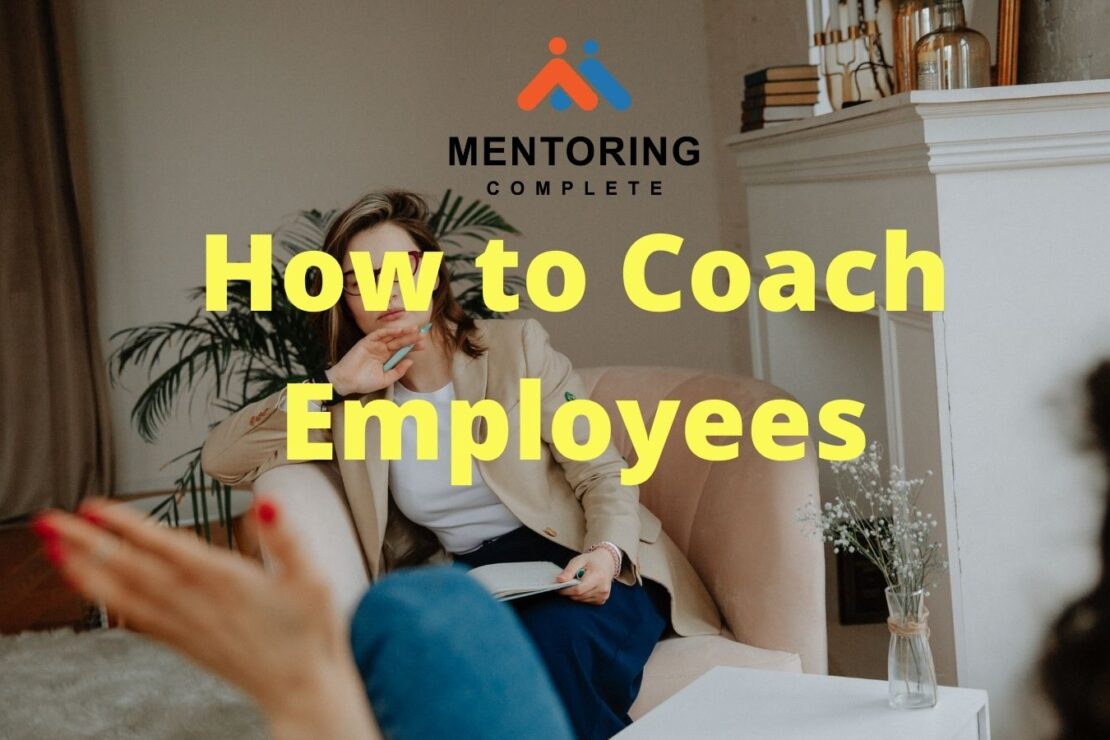
 Are you wondering how to coach employees in specific skill sets (e.g. using social media) or something more abstract (e.g. overall leadership)? Are you concerned about the number of coaches you’d need as well as how to match coaches to employees?
Are you wondering how to coach employees in specific skill sets (e.g. using social media) or something more abstract (e.g. overall leadership)? Are you concerned about the number of coaches you’d need as well as how to match coaches to employees?
Here’s something to think about before you bring in people from the outside: harness the coaching power that already exists within your workforce.
Employees are a wealth of information. This hypothetical will demonstrate my point: Terry in marketing is a social media wiz and could definitely help Carrie, the general sales manager, learn the ins and outs of Instagram and Snapchat. Joe in accounting knows Excel inside and out—he could assist Tom at the front desk. And Amanda in HR has been active in Toastmasters for over a decade. She’d love to coach the junior sales reps on their presentation skills.
OK, we know what you’re thinking: sure, using existing employees as coaches sounds great, but how could a large organization, especially one with multiple locations, make such a thing a reality?
That’s where knowledge sharing comes in. A knowledge share program harnesses your workforce’s expertise and allows everyone in the organization to tap into it. It’s an effective, efficient, and cost-effective way to bring coaching to an entire organization. Think of knowledge sharing as business coaching for the twenty-first century.
So how can you get this coaching strategy up and running in your company? Here are five tips.
- Provide a knowledge sharing “hub” that’s easy to access. You need a central online hub where people can input a profile and promote their areas of expertise. This hub should be searchable, meaning people who need coaching can search for someone who would be a good fit. Ideally, the online hub would allow people to communicate through it (messages, emails, forums, etc.).
Note: At Mentoring Complete, we’ve developed a knowledge sharing system called Anytime Mentoring.
- Encourage knowledge sharing across every level of your organization. Everyone in your organization should be required to have a profile in the knowledge sharing system and to make themselves available to “coach” their colleagues. From there, you will need to decide how you want to “encourage” use of the program.
Here’s the thing: people need to know they won’t be penalized for seeking help. It’s up to you to create a collaborative culture, one that celebrates people seeking assistance when they need it and celebrating people who offer assistance. Employees should be reminded that they will likely need to do both—coach and be coached—during their tenure with your organization and both scenarios are OK.
- Make coaching introductions and assignments. Launching a formal knowledge share program can be challenging at first, primarily for the reason we mentioned above (people worrying about asking for help, especially if it’s for something they feel they should already know).
To jumpstart the program, you might need to make initial coaching introductions and assignments. For example, if you want Sarah to work on developing a specific skill, you might introduce her to Nakima, who has that skill and ask that they work together for the next however many weeks and for both to report back to you on the experience.
Once the knowledge share program gets going and everyone recognizes the value (and that they won’t be penalized for using it), the program will take off on its own. (It doesn’t need the same sort of oversight as a formal mentoring program does.)
- Continue to provide feedback, direction, and support for the program. That said, management should continue to refer to the program, talk up its success stories, and have a strategy in place for onboarding new hires into the knowledge sharing system.
- Know that occasionally bringing in outside business coaches might make sense as well. Even with a knowledge sharing system, you might decide certain employees need a dedicated business coach, which is fine. Consider the knowledge sharing system your strong foundation and the occasional outside business coach as a support beam.
How do you coach employees in your organization? Share your strategies in the comments.
{{cta(‘cce784a9-2bd8-4a3f-a219-abde35ce950a’)}}
